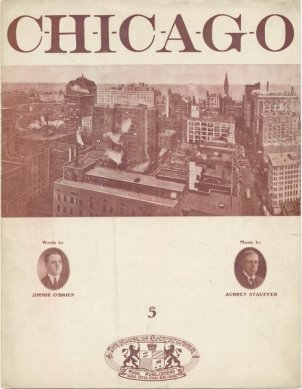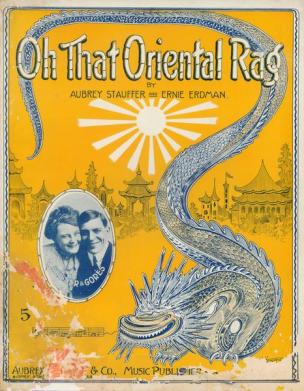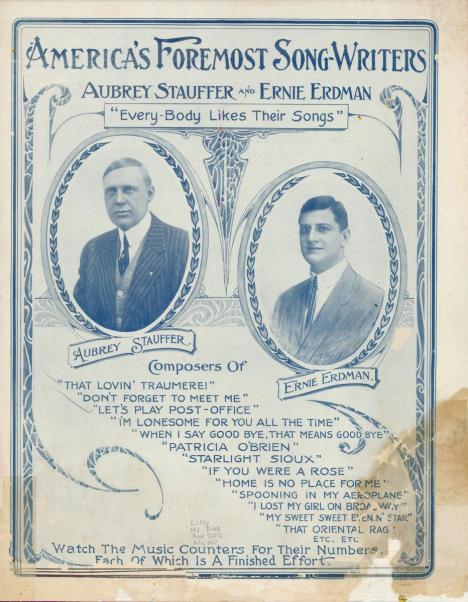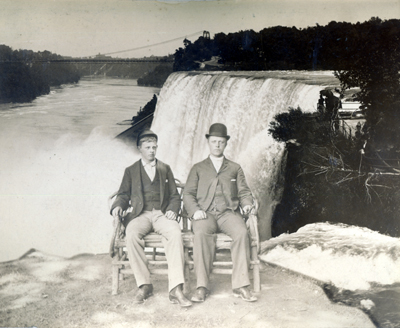(as told by Elizabeth Perkins Buchheit)
 My folks had a first child who died at about one or two weeks old. She lacked oxygen. Her name was Helen Weis and she was named for her grandmother Helena Weis. Baby Helen’s death was very hard for my parents. It knocked a hole in them. A few years later I was born. I was named for my great-grandma ELIZABETH WALKER. You’d think that my parents would’ve just smothered me but they didn’t. They were very busy and had their own lives. But we all had great times.
My folks had a first child who died at about one or two weeks old. She lacked oxygen. Her name was Helen Weis and she was named for her grandmother Helena Weis. Baby Helen’s death was very hard for my parents. It knocked a hole in them. A few years later I was born. I was named for my great-grandma ELIZABETH WALKER. You’d think that my parents would’ve just smothered me but they didn’t. They were very busy and had their own lives. But we all had great times.
I grew up in Illinois and Wisconsin. For most of the year I lived in Park Ridge, Illinois. We had a square, white, clapboard house which was built in 1805. My folks bought it for $2,000 when they were married. I later rented out the house and then sold it in 2002 for about $200,000.
Our house had electricity and water which was pitched from Lake Michigan. We had a coal furnace and the heat was distributed by gravity. You didn’t have blowers or anything like that. The second floor in our house didn’t have great insulation so it was very cold up there. When you got out of bed in the morning, you jumped around and didn’t tarry. In the winter, Jack Frost would paint wonderful designs all over the windows. Great Grandma would tell me, “Oh yes, Jack frost was here last night and he painted all of this!” It was so beautiful. I don’t suppose anybody sees stuff like that anymore ‘cause it’s acclimatized now.
We had one telephone. My folks were very sociable and went out a lot. My father started the Park Ridge Country Club. They were life members. The country club and the Episcopal Church were the centers of sociability. My mother and father went so far as to play golf all year round including using red golf balls in the snow. See, there were no TVs. You couldn’t sit still. You had to go out in play.
We got mail delivered to the house and we knew everybody that did everything. My dad’s sister Mena had a beautiful home in placed called Edgeberg. It was a beautiful, beautiful place. But they were isolated in this big, beautiful house. So she would always ask the mailman, “Oh Mr. Smeldekopf, would you mind bringing me a couple of spools of white thread and maybe one of red?” “Oh,” he said, “I’d like to very much. “ So to thank him, she’d give him a drink of Uncle Fred’s best brandy. Uncle Fred finally said, “What is happening to my best brandy? It’s going down like the dickens! I save that for company!” Then he found out. He said, “Mena, you can’t give that mailman my best brandy!”
Our house had a porch around three quarters of it and that was very nice. My buddies and I used to play out there a lot. We’d make believe all kinds of things. We pretended the swing was a ship.
My folks were great tennis players. They had a big clay tennis court and used to have tennis parties. The court was a pretty big upkeep so after I came along and Great-grandma came to live with us, they put it into grass. But we made a badminton court. And we’d play badminton every night, except in the snow.
My mother had a big garden because we had a big lot and my great-grandmother made our bread. Vernon and I attribute ourselves to the fact that our mothers made bread. We ate homemade bread everyday. Never bought it. And my father hated to go out in eat which I don’t blame him. So we never ate out. Well of course it costs money to eat out. So eating out was an unusual thing.
My mother was a very excellent linguist in both French and German, as everyone was in those days. She took a French cooking course and she was a marvelous cook. I attribute to her the fact that nobody ate too much. Nobody had enormous portions but we had marvelous food. My father was also a very excellent cook. He liked salads. Franz Nachod, a mad Hungarian who was married to my cousin Hilda, claimed he taught my dad everything he knew about making salads. Franz was always boasting about one thing or another.

[Cousin Hilda]
My family used to eat in the dining room. My father didn’t want to eat in the kitchen so we ate every meal in the dining room. My folks used to have a lot of company so once in a while I would eat in the kitchen. We had a table which today I think is in Peggy’s kitchen.
My chore was to keep the dining room clean. If the fortunes were up, I got 25 cents a week for allowance. Not always, but sometimes. My mother had a copper washing machine from 1900 which just ran forever. It lasted at least 50 years. That thing did our clothes every week. Isn’t that something?
I do distinctly remember one of my birthdays, a strange one. Maybe I was turning 8 or 9. My mom invited all our relatives and there was somebody in the group that would not sit down to the table because there were 13 people. That was a very popular thing to do back then because it was like Judas sitting down with Christ at the Last Supper. So these people would not sit down and my mother and my father couldn’t leave. So they asked me, as the birthday child, if I’d sit in the kitchen. And of course my great-grandmother said she’s stay with me. So the two of us ate in the kitchen on my birthday. It was interesting ‘cause I never forgot that birthday.
I remember that after my grandmother died, AUBREY stayed with us for two years until things picked up in Hollywood. For my birthday, he fixed up all the chairs and made little tickets and did a first running of a film. He showed Lindbergh and all of these things. It was very interesting and really neat. Everybody loved that. It was pretty novel.
I was an obedient child but I was allowed to have my own ideas. Nobody said just be quiet or don’t say anything. But my parents knew what I liked and so they would provide that for me. We always had a batch of kittens around. My mother and my great-grandmother loved kittens so we always had a family of kittens. I had two bunnies, Sunny Bunny and Billy Bunny. They were wonderful.
Click for more Elizabeth Perkins Buchheit Childhood Photographs.
Filed under: Buchheit, Park Ridge, Stauffer, Walker | Tagged: Aubrey Stauffer, Elizabeth Perkins Buchheit, Franz Nachod, Illinois, Mena Buchheit, Park Ridge Country Club | Leave a comment »








